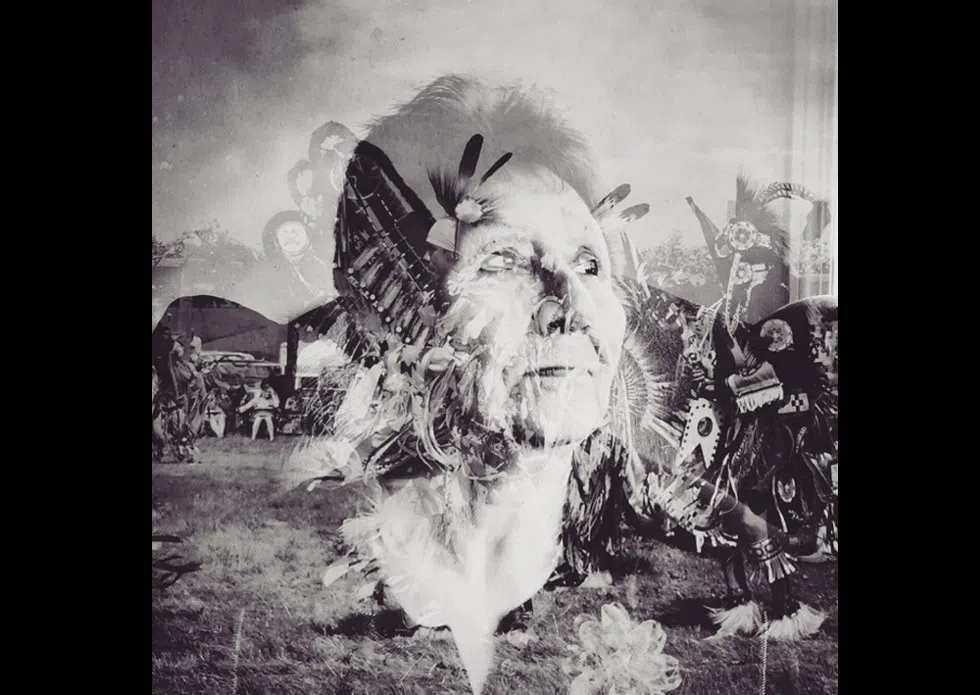
International photojournalist gains new view of residential school survivors
The history of Canada’s residential schools was recently documented through a unique lens when international photojournalist Daniella Zalcman visited the province last month.
Based out of New York and London, Zalcman was in Saskatchewan from July 31 to August 13 working on her most recent project.
After presenting a series on the rise of homophobia and anti-sexuality laws in Uganda, the Pulitzer Centre on Crisis Reporting, who Zalcman works with, asked her to look into another story that revolved around lives affected by HIV.
With some research, Zalcman found that Canada’s HIV numbers, particularly within indigenous communities, are high above other colonialized countries. With further research Zalcman found those numbers correlated with residential school survivors.


